Lactosum Lactose Chemical Raw Materials CAS 63-42-3 Water Solubility
Product Name:Lactose
Alias:lactin,lactobiose,lactosum,
CAS Number: 63-42-3
EINECS:200-559-2
Formula:C12H22O11
Molecular Weight:342.30
Specifications: 80 mesh,100 mesh, 200 mesh
Assay: 99.0%min
Appearance: White or almost white crystalline Powder
Grade:Pharmaceutical Grade,Food grade
Lactose is added to pills as a filler because of its physical properties and low price. For similar reasons it can be used to dilute heroin.It is a very good binder / filler because of its compressibility, flow and high solubility.
General Properties of Lactose as an Excipient
Lactose is widely used as a filler or filler-binder in the manufacture of pharmaceutical tablets and capsules. The general properties of lactose that contribute to its popularity as an excipient are its:
Cost Effectiveness;
Availability;
Bland taste;
Low hygroscopicity;
Compatibility with active ingredients and other excipients;
Excellent physical and chemical stability; and
Water solubility
Various lactose grades are commercially available that have different physical properties, such as particle size distribution and flow characteristics. The most common form of lactose used in pharmaceutical formulation is crystalline a-lactose monohydrate. This form is available in a range of milled and sifted pharmaceutical grades differing in physical properties, such as flowability, bulk density, and particle size distribution
Lactose is also available in modified forms for use as a filler-binder in the production of tablets by the direct compression method. The two most important forms for this application are spray dried lactose and anhydrous lactose (Figure 3). These forms have the key property that they are inherently compactable, that is, they are able to form a solid compact (ie, tablet) under compression.
Pharmaceutical Applications of Lactose
In order to make tablets or capsules, a blend of excipients and active ingredients must first be prepared. In its final form, as the tablet press or capsule filling feed material, this blend is referred to as the running powder. Three major processes are used to prepare the running powder from its components; these are:Wet granulation;Dry granulation or slugging; and Dry mixing.
For wet granulation, the binder can be added dry to the powder blend, or as a solution in the solvent. The solvent is usually ethanol, water, or a mixture of both. The actual granulation is performed in either a high-shear, or low-shear type mixer. Low-shear granulation requires cheaper equipment and produces a more porous granule. High-shear granulation is faster and affords good control over particle size.
The finer milled grades are commonly used as fillers in the production of tablets by the wet granulation, or in applications in which a small particle size is required. The coarser sifted grades are used when flowability is important, for example, as diluents in capsule and sachet filling applications, and as a flow improver. Some sifted grades are also used as fillers in granulation and direct compression formulations, although they must be used with a binder, as crystalline a-lactose monohydrate has little inherent compactability.






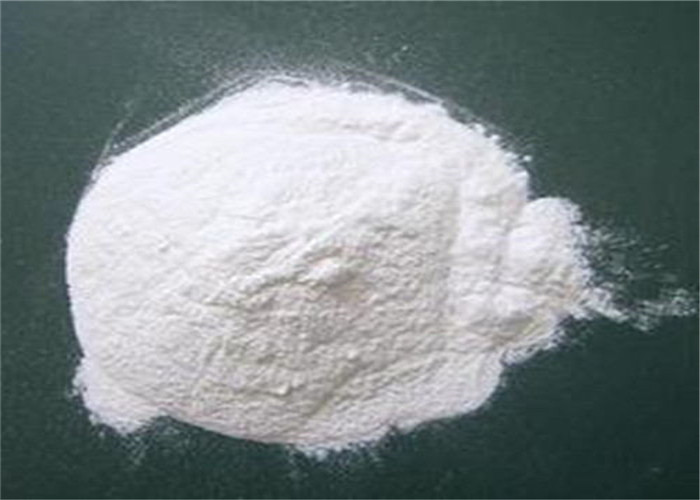
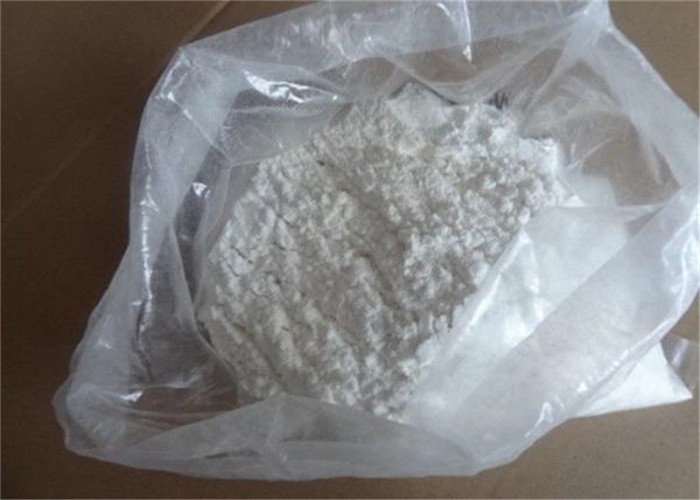
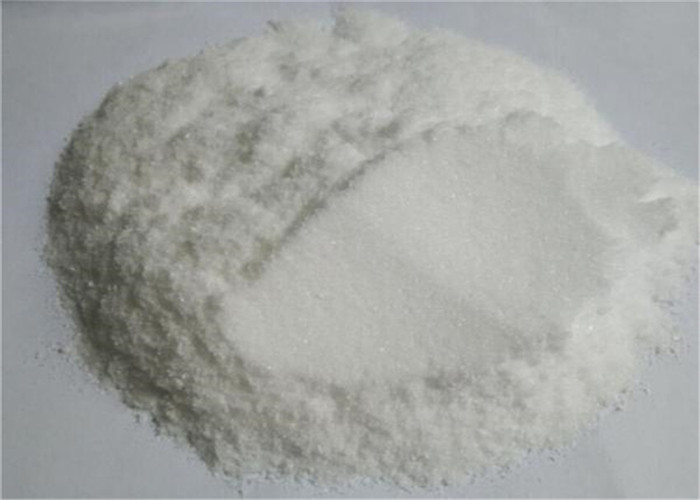
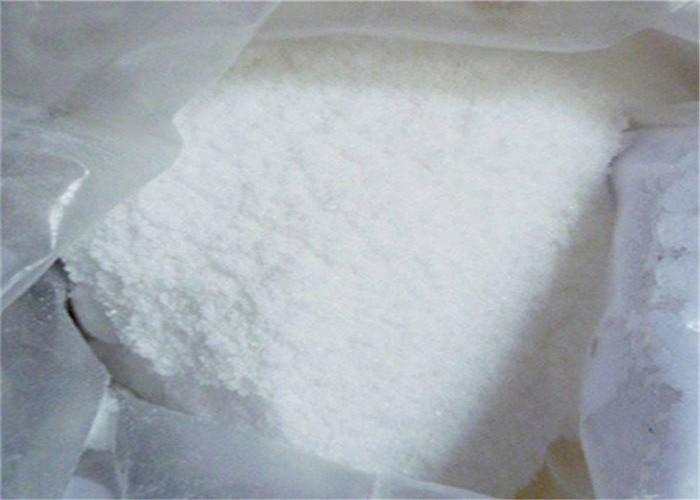
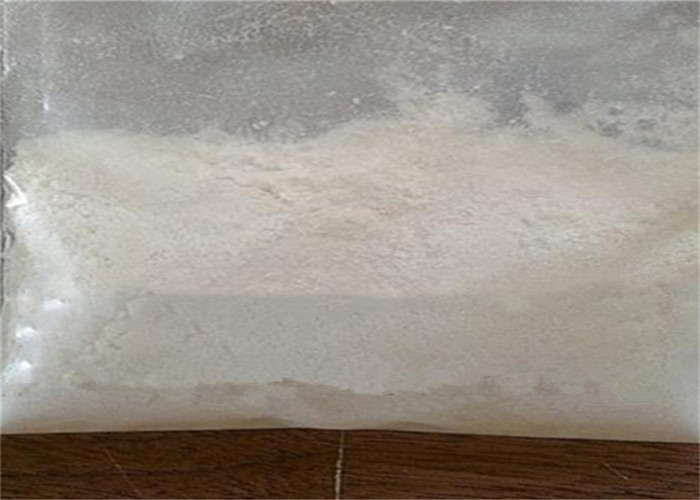
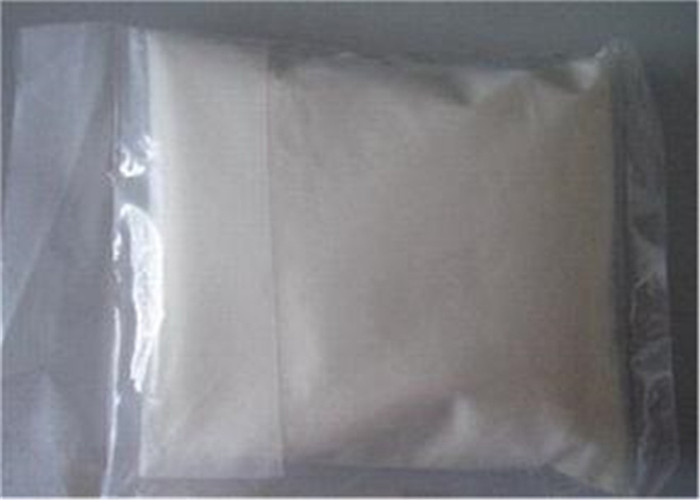



 Sales Manager
Sales Manager